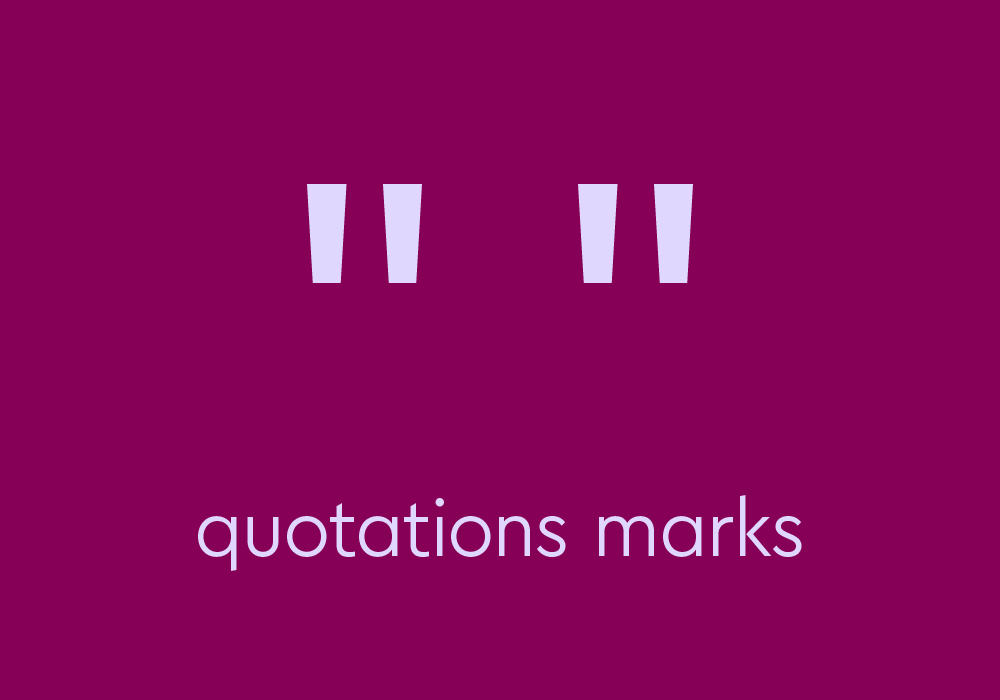Quotation marks—sometimes called ‘speech marks’, or more colloquially ‘quotes’—are used to indicate direct speech. Depending on where you are, the quotation mark may be different.
Australia and the United Kingdom use single quotation marks: ‘ ’
North America uses double quotation marks: “ ”
In this article, we will reference to Snooks & Co.’s Style Manual: For Authors, Editors and Printers (2002, hereafter, Style Manual)—the authority on style matters in Australia. They recommend the use of single quotation marks (p. 112). We will illustrate how to use quotation marks for direct speech and how to punctuate quotations within quotations. We’ll also explain some other uses for quotation marks.
In our next article, ‘How to Use Quotation Marks Correctly—Quotation Marks with Other Punctuation’, we will explain how to deal with conflicting punctuation marks—especially when ending a sentence.
Quotation Marks and Direct Speech
Quotation marks are used to enclose direct speech, or a direct quotation, that is less than 30 words long. Here are some examples:
The teacher asked, ‘Could you please hand in your books?’
‘It is a sad day for humanity’, the reporter typed.
According to the Style Manual, ‘quotation marks … enclose direct quotations, whether they are sentence fragments, a sentence, or more than one sentence’ (p. 113).
Longer quotations are formatted into block quotations and are indented from the main text—they do not take quotation marks. They are introduced with a colon, not a comma.
Quotations within Quotations
The only time double quotation marks are used in British and Australia English is when quotations appear within quotations. Used in this way, the double quotation marks are important for avoiding ambiguity. See the example below:
The man stood and said, ‘It is important for me to clarify something. I said “it will be alright”, and I meant it.’
Other Uses of Quotation Marks
According to the Style Manual, use quotation marks when ‘referring to the title of an unpublished document, a chapter in a published work, an article in a periodical, an essay, a lecture, a short poem or a song’ (p. 113).
Quotation marks can also be used to introduce a technical term that needs to be defined. In this case, you would only enclose it in quotation marks for its first mention:
The term ‘apostrophe’ refers to a mark of punctuation that is used to signify ownership or that two words have been contracted into one.
Sometimes quotation marks are used to enclose slang, colloquial words or in more formal writing:
Snapchat is a social media application (or ‘app’) that allows users to send ‘snaps’ (i.e., photographs) to other users with a timed-view mechanism.
They call him Anthony ‘The Man’ Mundine.
Quotations can also create ironic emphasis in a piece of writing. In the following example, read the word in quotation marks with a sarcastic tone:
The ‘teacher’ said to open our books; she didn’t look a day over 18.
In that example, the quotation marks indicate that the speaker doesn’t believe the teacher could be old enough to be a teacher.
To learn more about how quotation marks are used in conjunction with other sentence punctuation, read our next article, ‘How to Use Quotation Marks Correctly—Quotation Marks with Other Punctuation’.




